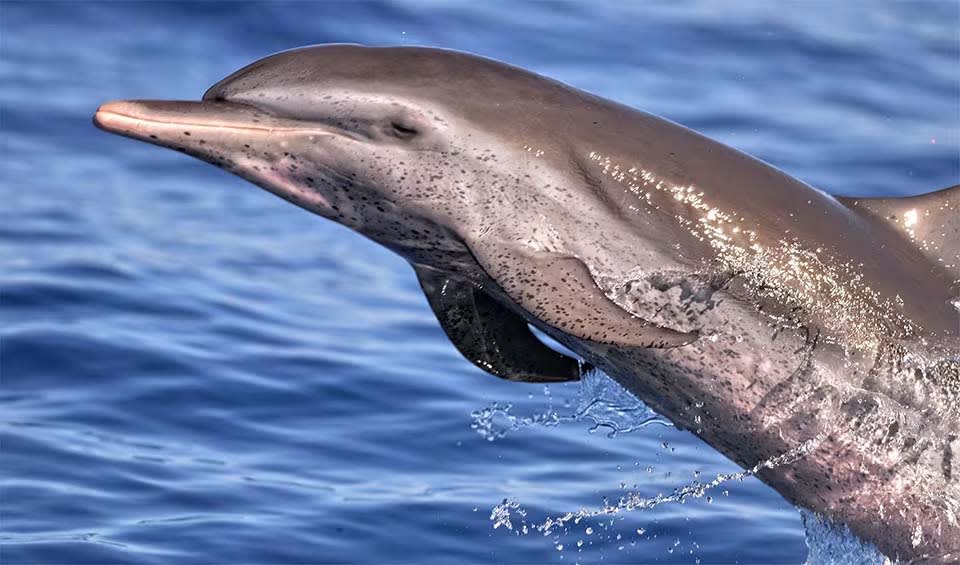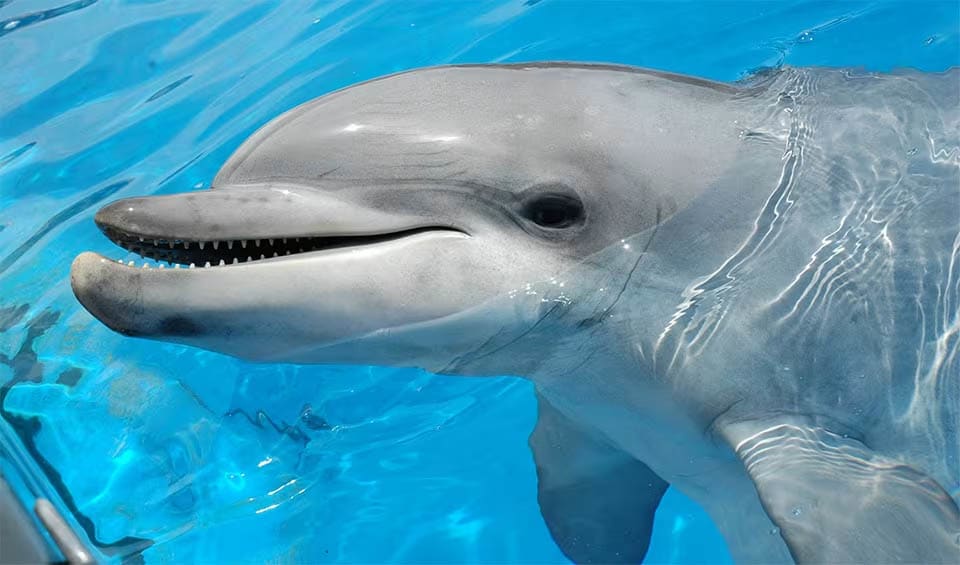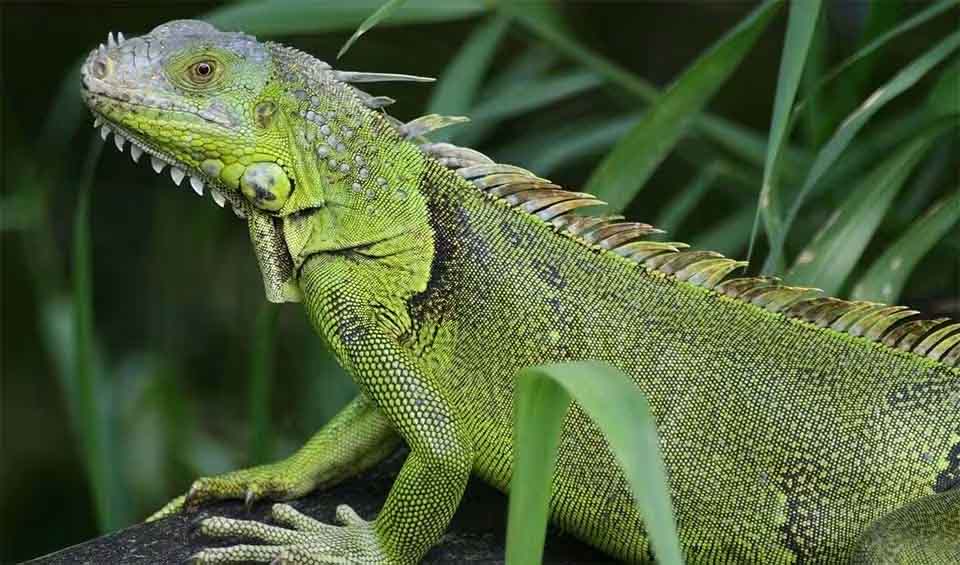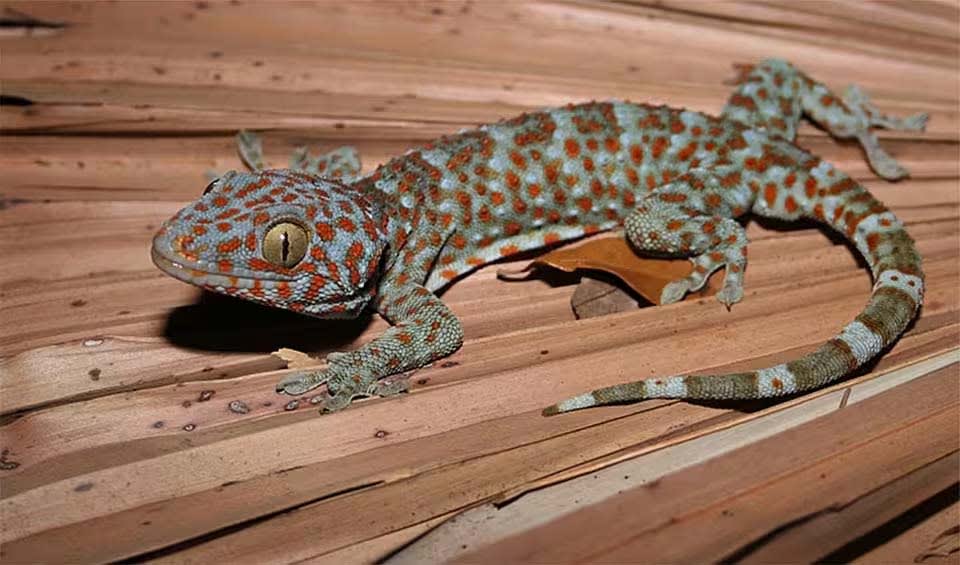Often celebrated as the “Island of Flowers” for its vibrant blooms, boasts an exceptional biodiversity that deserves greater recognition. It is recognized as one of the world’s 34 international biodiversity hotspots, home to over 50% of plant species and 42% of terrestrial vertebrate species found in these critical areas. Covering only 1,105 km² (427 mi²), Martinique’s rich biodiversity is impressive for its size, with 26% of the island covered by natural forests. These diverse landscapes and environments, many of which remain close to their original state, highlight the island’s outstanding natural heritage.
Additionally, when considered as part of France, Martinique ranks fourth globally in terms of biodiversity heritage, emphasizing its significant role in preserving the world’s natural diversity.
Four pillars elaborated:
Martinique, spanning an area of approximately 1,128 km² (435 mi²), is renowned for its rich biodiversity despite its relatively small size. Approximately 30% of the island’s land is designated as protected areas, with a significant portion dedicated to key biodiversity regions. These protected zones encompass lush rainforests, coastal wetlands, and unique marine ecosystems, collectively accounting for about 45% of Martinique’s ecological diversity. Land Management
Land Management
The Martinique Marine Conservation Initiative oversees the protection of the island’s extensive coastline, which stretches over 400 km (248 miles). This initiative aims to safeguard nearly 200,000 km² (77,220 mi²) of marine environment, with over 15% designated as marine protected areas (MPAs). Of these MPAs, 5% receive high levels of protection, and more than 8% fall within the Exclusive Economic Zone (EEZ), ensuring the preservation of critical habitats for marine species such as sea turtles, coral reefs, and various fish populations.
In April 2020, the International Union for the Conservation of Nature (IUCN) reported that nearly 15% of Martinique’s 427 native species are threatened, with over 15 species already extinct, 62 endangered, and 56 nearly so. The primary threats include habitat destruction from urbanization and expanding infrastructure, which encroach on natural areas. Pollution from wastewater discharge and pesticide use poses significant risks to freshwater systems, rivers, and ponds. Additionally, light pollution disrupts the natural behaviors of bats, insects, and sea turtles. Threats to Biodiversity
Threats to Biodiversity
Human activities such as hunting, fishing, poaching, and unmanaged tourism further contribute to the decline of certain species. The introduction of invasive species like the black rat and small Indian mongoose also harms native wildlife, as seen with the predation of the White-breasted thrasher’s eggs by black rats. These combined factors severely impact Martinique’s biodiversity, highlighting the urgent need for comprehensive conservation efforts.
Martinique has made significant advancements in building its capacity for biodiversity conservation through the establishment of the Martinique Biodiversity Information System, supported by international partners such as the United Nations Environment Programme and the Global Environment Facility. Launched in 2016, this innovative digital platform aggregates data from over 150 local and regional institutions, fostering enhanced collaboration and informed decision-making to protect the island’s rich biodiversity. Capacity and Governance
Capacity and Governance
Protecting Martinique’s diverse ecosystems is crucial for maintaining global biodiversity and addressing climate change impacts. However, current funding for biodiversity conservation remains limited. An assessment of government and private sector spending on biodiversity conservation in Martinique estimated expenditures at around €200 million in 2020. To effectively conserve up to 70% of the island’s natural habitats, annual investments of approximately €1.5-2 billion and an initial capital investment of €500-800 million are required. Despite the urgent need for increased financial support, the 2023 regional budget saw a notable reduction in funds allocated for biodiversity initiatives, underscoring the necessity for enhanced investment to ensure the resilience and sustainability of Martinique’s ecosystems.
As part of its National Biodiversity Strategy 2030, the French Government intends to implement 20 new national action plans by 2030 to tackle the biodiversity crisis in Martinique. These initiatives will focus on conserving the island’s diverse ecosystems, protecting endangered species, and promoting the sustainable use of natural resources. By addressing critical environmental challenges, these action plans aim to preserve Martinique’s rich biodiversity and ensure its long-term sustainability for future generations. Future Trends
Future Trends
Biodiversity
Martinique is renowned for its exceptional biodiversity, making it one of the most ecologically significant islands in the Caribbean. The island is part of the Caribbean biodiversity hotspot, hosting a rich variety of species across its diverse ecosystems, which include tropical rainforests, mangroves, coral reefs, and volcanic landscapes. Martinique is home to over 2,500 plant species and numerous animal species, many of which are endemic to the island, meaning they are found nowhere else in the world.The island’s unique ecosystems support a wide range of wildlife, including rare and threatened species. Martinique’s coral reefs, seagrass beds, and mangroves play vital roles in marine biodiversity, providing habitats for sea turtles, tropical fish, and various marine invertebrates. Additionally, the island’s forests shelter diverse bird species, reptiles, and insects, contributing to its rich ecological tapestry.
mammals
Pantropical spotted dolphin
A champion swimmer and a social butterfly of the warm seas
Common bottlenose dolphin
Known for their acrobatic leaps, twisting and turning gracefully as they jump completely out of the water
birds
Brown pelican
The smallest of the eight pelican species
Brown-throated parakeet
Charming little parrot with a personality as bright as its feathers
Peregrine falcon
At the speed of over 321 km/h (200 mph), this bird outraces a Formula1 car
reptiles
Hawksbill sea turtle
Its slender frame and narrow head bear a beak curved like a hawk’s, earning this marine marvel its name
Green iguana
From the US down to Brazil, this trans-American lizard is the most common iguana
Tokay gecko
Its large eyes are equipped with highly sensitive retinas, which allow it to see in low light conditions












